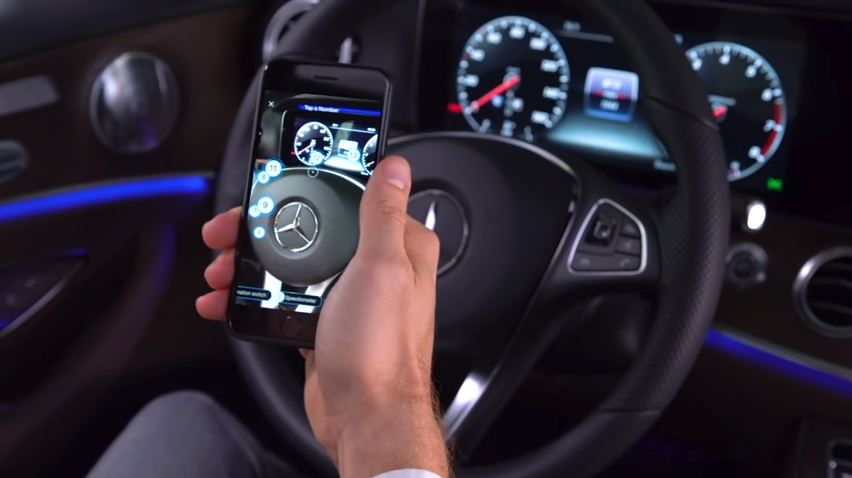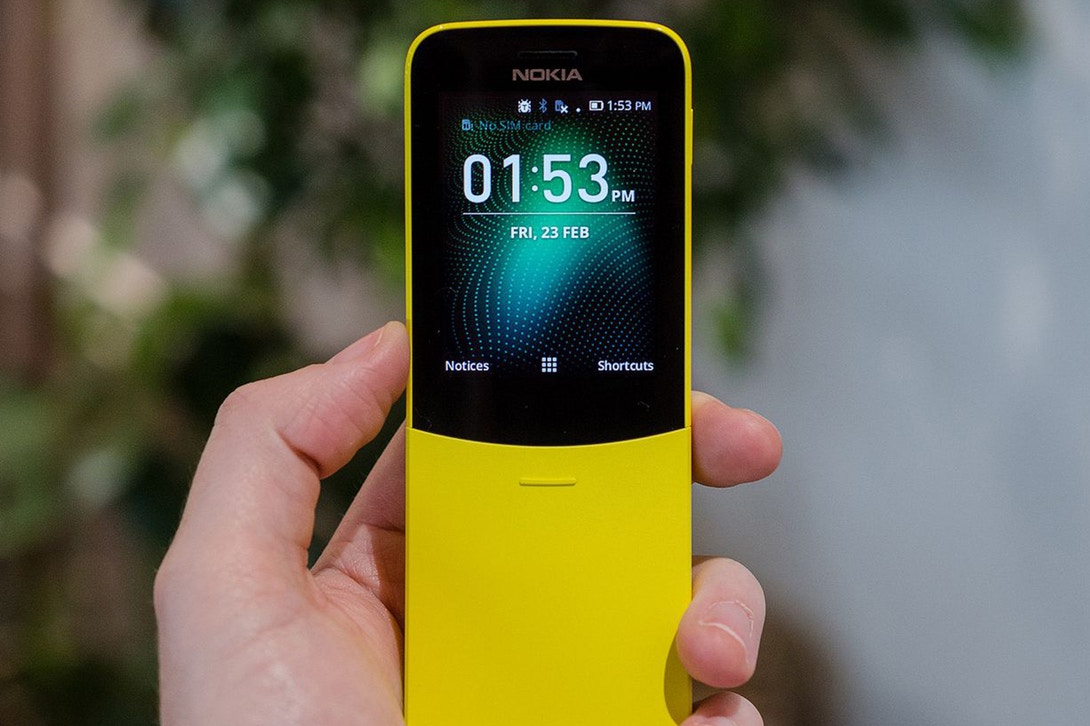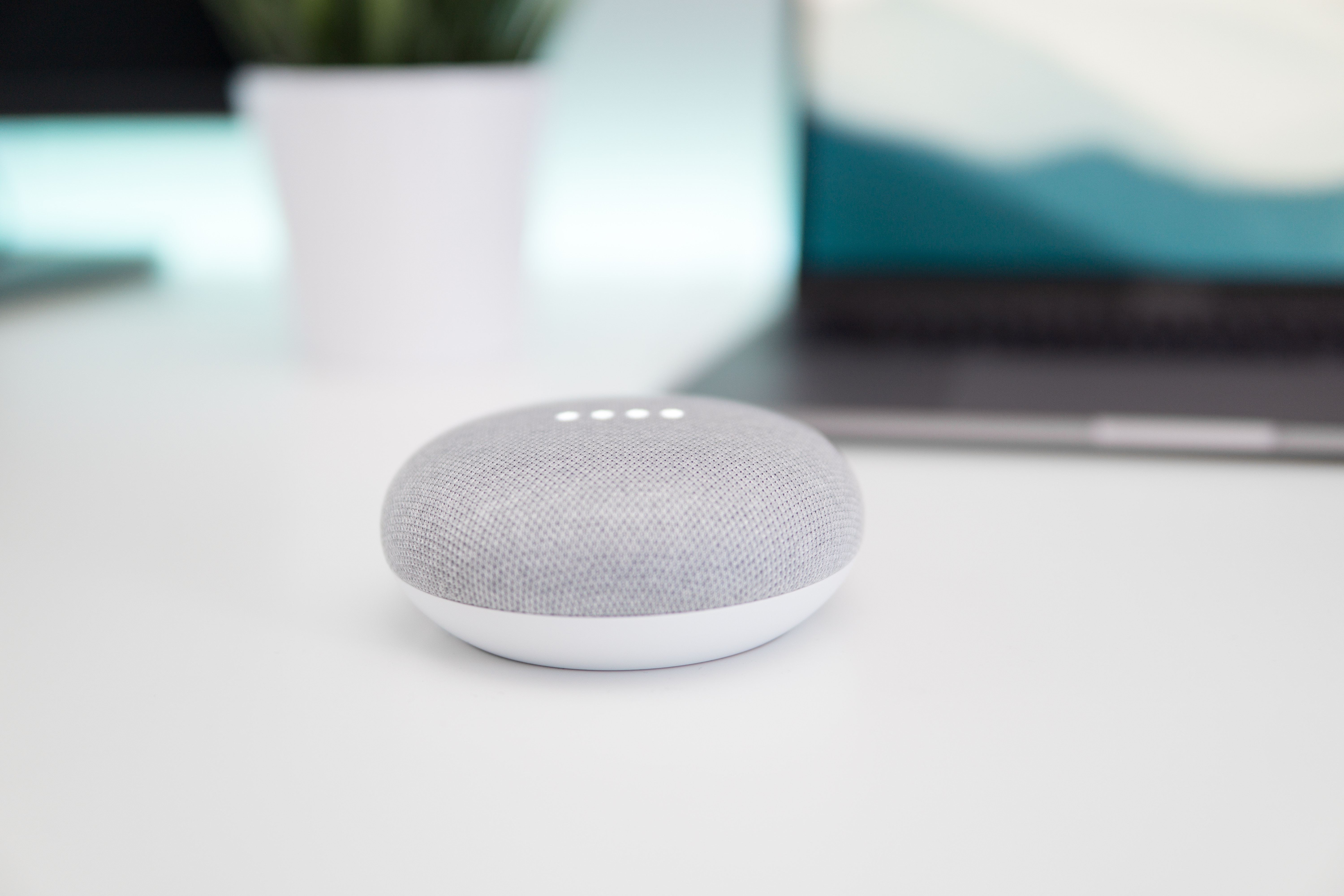With the exception of Apple, every leading mobile brand made an appearance in Barcelona this week. As we wrap up another exciting Mobile World Congress (MWC), it’s time to deliberate about the event’s biggest reveals and announcements. From new Samsung flagships to applied artificial intelligence (AI), some of 2018’s biggest innovations in mobile development came to light this week, and we’ve put together a short list of six exciting highlights.
Samsung Galaxy S9 and S9 Plus
Samsung officially announced the release of their duo flagships, Galaxy S9 and S9 Plus – and yes – these smartphones include a headphone jack. Both Galaxy S9 and S9 Plus will be available for pre-order tomorrow and hit stores mid-March. Equipped with a dual aperture camera, the new smartphones are built with social media in mind. The enhanced camera adjusts to lighting automatically allowing users to capture clear, low light photos.
Many tech companies have been experimenting with augmented reality (AR), and the new Samsung phones come equipped with AR functionality. Borrowing from Snapchat’s Bitmoji concept, Galaxy S9 users can now transform themselves into animated emojis. The concept is a more human-centric approach to the AR animojis that debuted with iPhone X.
Regardless of the ramped up feature set, storage space, and overall functionality of the new Galaxy phones, the biggest headline seems to focus on the inclusion of a headphone jack. Many new smartphones like iPhone X, Pixel 2, and Huawei Mate 10 pro have done away the headphone jack, but it seems that many users still want the optional feature.
Sony Xperia Ear Duo
Speaking of headphones, Sony delivered on their initial concept from last year’s MWC with the Xperia Ear Duo. These wireless earbuds are the polar opposite of noise cancellation headphones, and allow the wearer to listen to music and still hear what’s going on around them. These earbuds will likely prove to be very useful for joggers, pedestrians, and even in the office.
Source: Tablet OWO
The Xperia Ear Duo looks very similar to a standard pair of wireless headphones; however, the fundamental differentiator is a small-scale driver that transmits sound into the ear canal. This driver does not go directly into the ear canal, and as a result, peripheral sounds are still audible. The right ear unit connects to a user’s smartphone with Bluetooth, and Near Field Magnetic Induction (NFMI) connects audio to both earpieces.
Sony Assistant, Google Assistant, and Siri are all supported depending on what device you connect to the earbuds. Users can answer phone calls and access assistants from an integrated touchpad directly on the earpiece.
Huawei Brings 5G to Mobile
First of all, it will probably take a few years before we see any widespread use of 5G chips, but Huawei announced its first 5G chip at MWC this year. This announcement carries the promise to connect mobile devices to the next generation of cellular networks.
5G is the next generation of cellular networks and will improve mobile speeds beyond today’s current LTE networks. Huawei’s Balong 5G01 chip is the first to coincide with the new 3GPP standard for 5G networks. Huawei says their 5G chip will be able to download data at 12.3Gbps. In the next few years, we can expect to see this network technology used in everything from smart homes, mobile devices, and autonomous cars.
Ask Mercedes
Source: VR Focus
This year at MWC, Mercedes-Benz positioned themselves as a digital leader in the automotive industry by focusing on AI and AR integrations. Mercedes-Benz introduced the “Mercedes-Benz User Experience,” or MBUX, that will be seen in the 2018 A-Class models this spring.
New models will incorporate an AR-enhanced mapping system. To make this possible, the video image from the car’s front-facing camera will display augmented navigation information. Users will have easier access to street names, home addresses, directional features, and more. These AR enhancements will be conveniently blended into the user’s dashboard display.
In other Mercedes news, the company jumped on the voice technology trend with their new voice-activated assistant, Ask Mercedes. The digital assistant is essentially an owner’s manual you can’t lose. The new service app makes use of an AI-powered chatbot and also includes AR functionality. Users can access the smartphone app with their voice to receive information about their vehicle.
The Nokia 8110 is Bananas
Also known as the “Matrix” phone or the banana phone, the Nokia 8110 made a colorful appearance at MWC this year. It’s difficult to create buzz around a smartphone launch when you’re not a household name like Apple or Samsung, but making a playful statement about the Nokia brand was a strategic move for HMD.
Source: Hypebeast
Alongside the retro 8110, HMD also released four other phones this year, and let’s be honest, the announcement is easy to miss if you’re simply scanning headlines. Nonetheless, the banana phone made some noise this week amongst other announcements, which helped redirect attention to the other phones in the Nokia lineup.
First we saw the Nokia 8 Sirocco, which is a renovated version of last year’s flagship, as well as last year’s Snapdragon 835 processor which now comes equipped with 6GB of RAM, 128GB of storage space and a dual lens rear-facing camera. New versions of the Nokia 6 and the Nokia 7 Plus were also present at MWC this year.
The nostalgic release of the 8110 may seem like an odd approach, but the creative branding has helped make the Nokia name relevant again in the mobile landscape.
“Hey, Google,” What’s New?
Google may save all the goods for the annual Google I/O, but that didn’t stop them from participating in MWC. While they may not be unveiling any new devices, Google Assistant has some new features.
Notably, Google Home understands new languages including Hindi, Thai, and Norwegian. As natural language understanding continues to progress, Google Home has officially become bilingual. Users won’t have to adjust any device settings, rather the smart home assistant will understand and answer in varying languages accordingly.
A walkie-talkie feature has also been added to Google Home allowing multiple devices to be interconnected within the home or the office. Users can relay voice messages between devices in different locations.
This year’s MWC has raised the bar again for what we can expect from smartphones and technological advancement. It’s clear that AI and voice technology will continue to take center stage in 2018, AR is being employed in more practical use cases, and we’ve even seen some retro throwbacks. It’s been an exciting week, and we’re looking at an exciting future as we move towards a more connected, mobile-first world – even if it’s a world with fewer headphone jacks.








